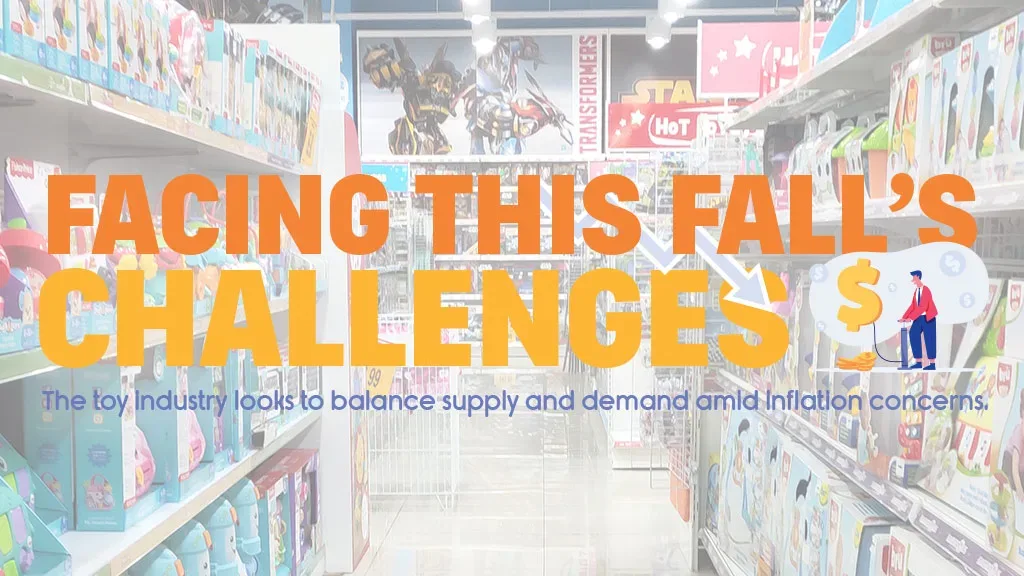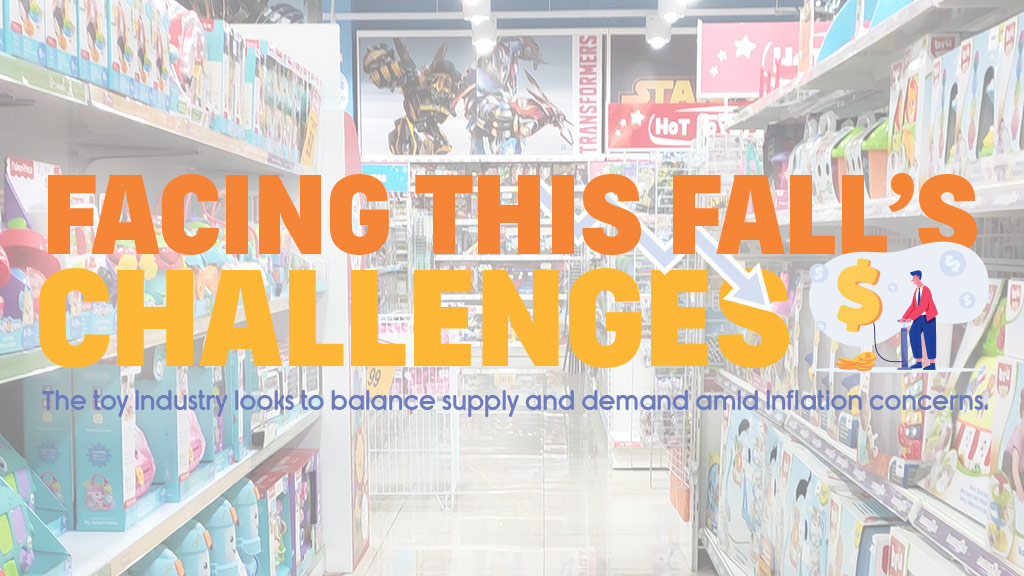
If history has taught us anything, especially over the past five years, it’s that the toy industry can handle any curve ball thrown its way. There is perhaps no other industry that’s better suited to turn challenges into opportunities, and the U.S. toy industry as we know it has weathered more than a few economic downturns over the past 125 years.
During the first half of this year, the majority of the publicly traded toy and entertainment companies reported growth that exceeded expectations. Sales and/or revenue (depending on the manufacturer’s tracking preferences) hit record levels at Mattel, Funko, Spin Master, and Jakks Pacific, with double-digit increases tracked across the board when compared to last year. However, the overall story is still peppered with mixed messages as the latest data from The NPD Group reflects a continued trend of fewer toys being sold for more money.
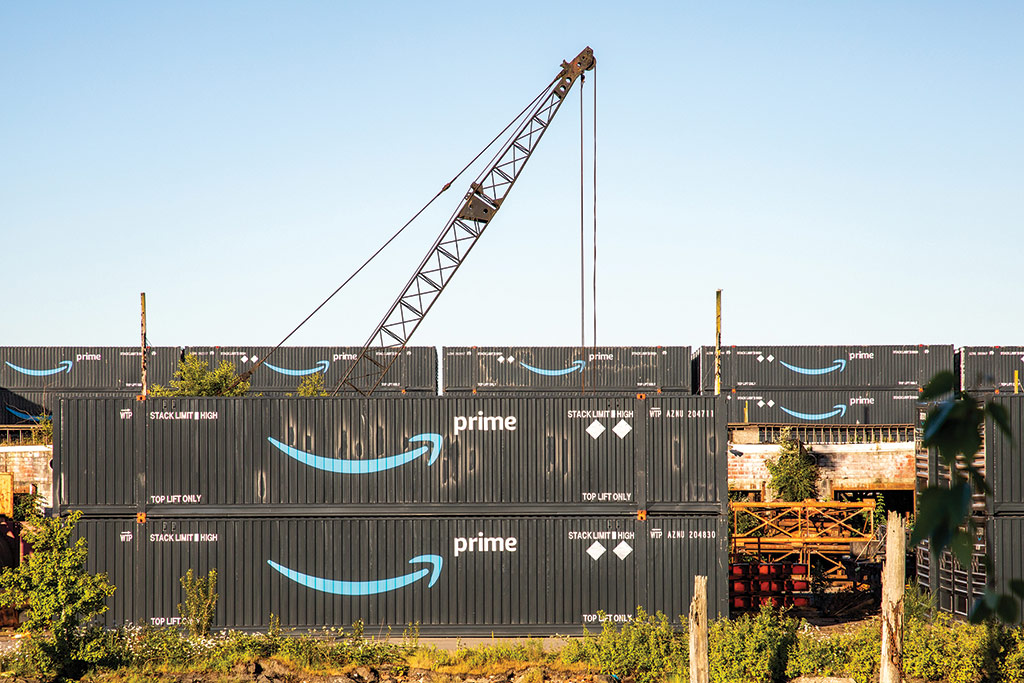
SUPPLY CHAIN PRESSURES EASE
The ongoing struggles in the global supply chain have continued in recent months, but there is finally some relief on the horizon.
“The supply chain is getting a lot better and ocean freight rates are falling,” says Isaac Larian, founder and CEO of MGA Entertainment. “That’s good news.”
The logjams at the West Coast ports are easing a bit as import rates begin to slow down, though as of press time, the Pacific Maritime Association and the International Longshore and Warehouse Union (ILWU) are still in the midst of negotiating a new contract. Members of the ILWU who are responsible for unloading and handling ocean freight have been working without a contract since July 1, but a strike has been avoided so far.
Last month’s Global Port Tracker published by the National Retail Federation (NRF) and Hackett Associates indicates that imports are slowing down, and that trend is expected to continue well into next year. In some cases, the recent slowdown has been fueled by the accelerated imports that some manufacturers and retailers brought in prior to July 1 in an attempt to evade any potential labor issues at the docks.
“Retail sales are still growing, but the economy is slowing down and that is reflected in cargo imports,” NRF Vice President for Supply Chain and Customs Policy Jonathan Gold said in a statement. “Lower volumes may help ease congestion at some ports, but others are still seeing backups and global supply chain challenges are far from over. Our biggest concern is the potential for disruption because of separate labor negotiations at the West Coast ports and the freight railroads. Concluding both sets of negotiations without disruption is critical as the important holiday season approaches.”
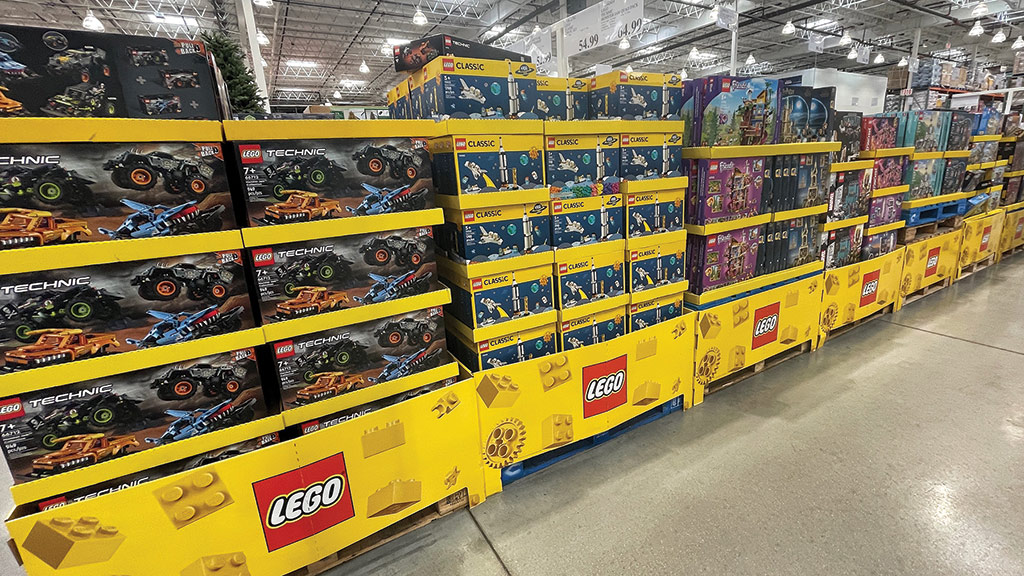
THE RETAIL WILD CARD
Major retailers have an inventory problem that has been driven by extreme overcorrection, inflation, and a drastic change in post-pandemic consumer habits. The fear of not having enough merchandise to fill store shelves in 2021 has led to overflowing warehouses and clearance sales that are destroying profit margins in 2022. As a result, retailers are attempting to quickly adjust their assortment and stock levels.
“The biggest challenge this holiday season is rising costs and finding the sweet spot for inventory balance of trendy items,” says Alex Breaux, co-owner of Wonder World Toys in Medford, New Jersey.
These ongoing issues hit the major retailers hard and led to Target’s shocking, nearly 90% decline in profit for the second quarter. Net earnings fell to $182 million from $1.8 billion in Q2 of last year despite an increase in store traffic and a 2.6% gain in comparable store sales.
On its Q2 earnings call with investors and analysts, Target’s Executive Vice President and Chief Growth Officer Christina Hennington specifically called out toys as a bright spot for the Bullseye. “[We’ve seen] high-single-digit comparable growth in toys, an encouraging sign as we plan for the fourth quarter holiday season,” she said.
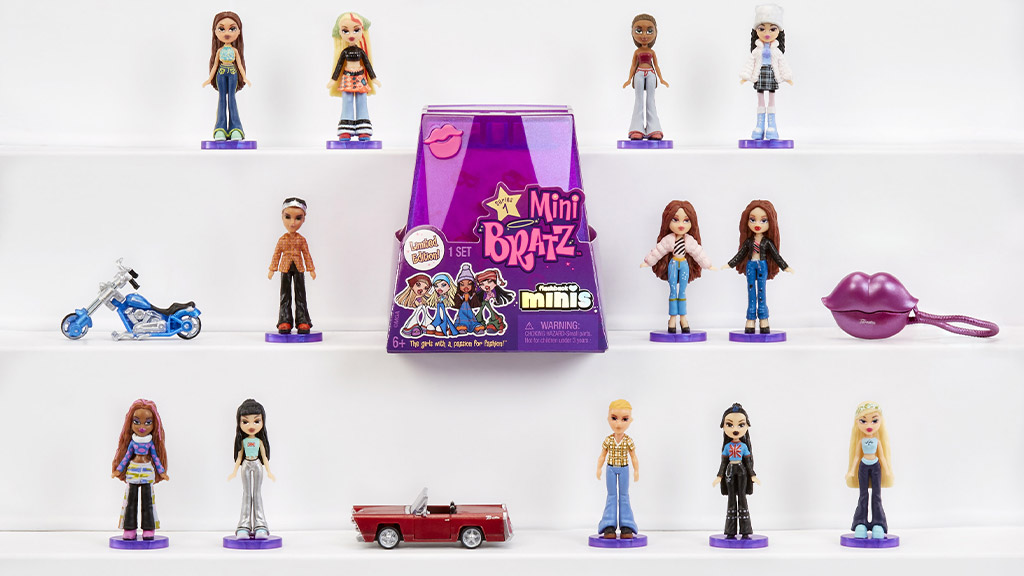
This fall, toymakers are leaning into new products or extensions of familiar brands to attract toy buyers at a time when old stock may still be clogging shelves at some locations.
“2022 will be a transitional year for the toy industry,” Larian says. “While at MGA we are seeing early sales on our new initiatives such as Miniverse and L.O.L. Surprise! Mini Sweets that are surpassing last year’s sales, I am very concerned about the level of inventory at retailers as well as toy companies. This will take a lot of time to clear, and it’s not just toys, as home goods, furniture, apparel, and sporting goods are among the categories affected.”
Heading into Q3, Walmart reported that it was sitting on more than 30% more inventory than last year while Target reported more than 40% more stock on hand. Both retailers plan to continue promotional efforts to clear it out in the months ahead, but on the digital end of things, Amazon says that inventory levels are essentially normal.

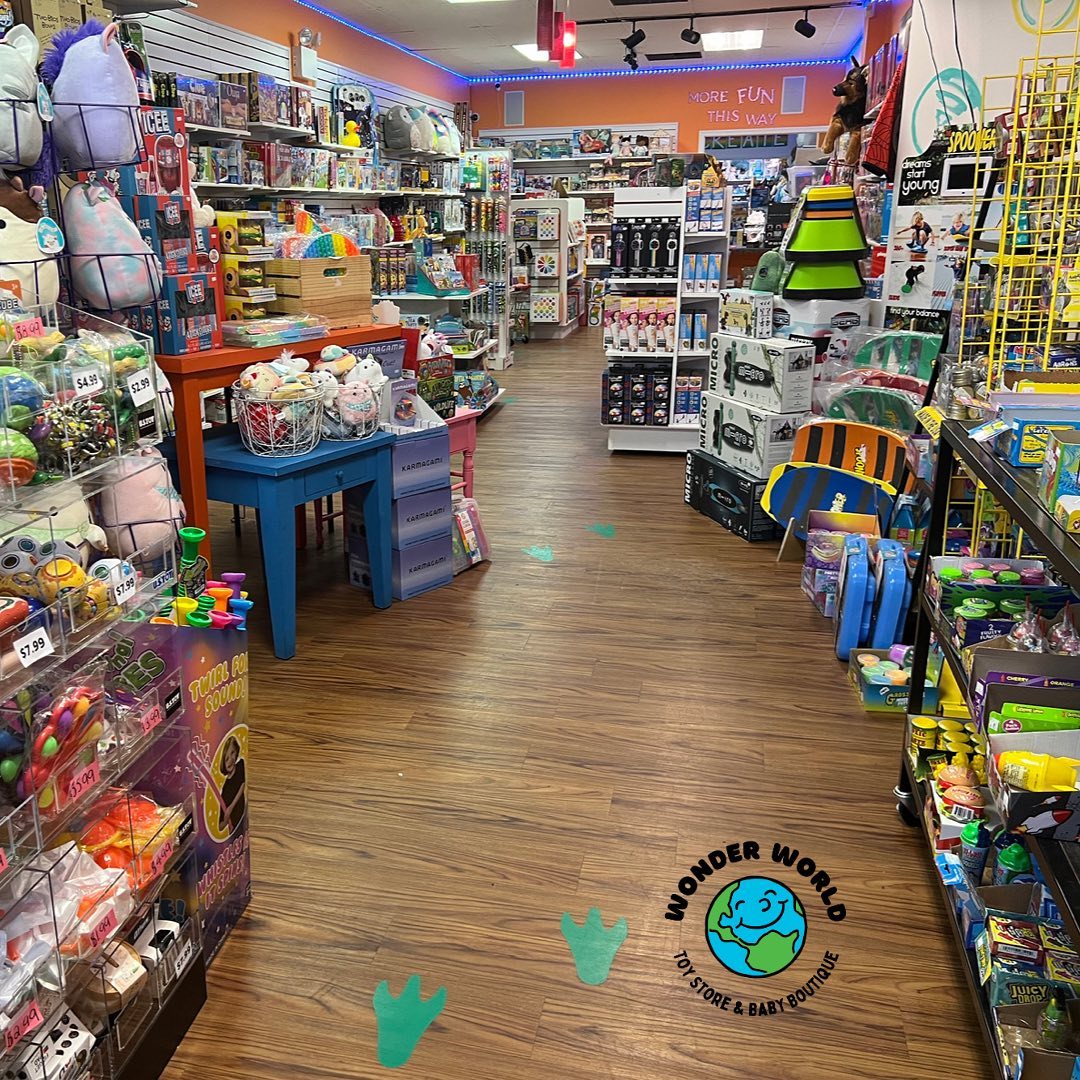
STRENGTH IN SPECIALTY RETAIL AND EMERGING PLAYERS
At this summer’s American Specialty Toy Retailing Association (ASTRA) Marketplace & Academy, the overwhelming feeling was that specialty toy retailers are still seeing strong foot traffic and modest sales growth. Smaller retailers’ ability to micromanage inventory levels and product assortment may bode well into the holiday season as shoppers look to cut through the clutter at the big box stores. ASTRA is supporting its members by evolving the traditional Neighborhood Toy Store Day into Neighborhood Toy Store Month this November.
“People need gifts and we’ll be here for it,” Breaux says. “The general public’s ‘Shop Local’ movement has really opened people’s eyes to shopping at smaller stores like mine — it makes them feel good to support a family business.”
Outside of the specialty market, some consumers on a tighter budget due to inflation are turning to other national retailers that are becoming increasingly important to the toy industry. Back in June, Five Below President and CEO Joel Anderson — a former Toys “R” Us and Walmart executive — said on a call with analysts that inflation might be prompting more consumers to begin their shopping at Five Below rather than ending it there.
“History would tell us, and certainly from the days of Toys “R” Us, that the last place the consumer will cut is for their kids,” Anderson said on the call. “We see no reason that will change this year, and that is why we are so focused on the value message as we look ahead to the second half of the year.”
And, some new “days of Toys ‘R’ Us” lie ahead as Geoffrey the Giraffe returns this fall with branded store-within-a-store concepts at every Macy’s location in the U.S. Last month, Macy’s lowered its guidance for the year while pointing to the same inventory issues plaguing the rest of its major retail counterparts. The big bright spot in its outlook is that the retailer believes that there is a “fair market share” of $1 billion up for grabs in the toy space. During its Q2 earnings call last month, Macy’s Chairman and CEO Jeff Gennette noted that the company is looking to capture a big chunk of the business in the long haul.
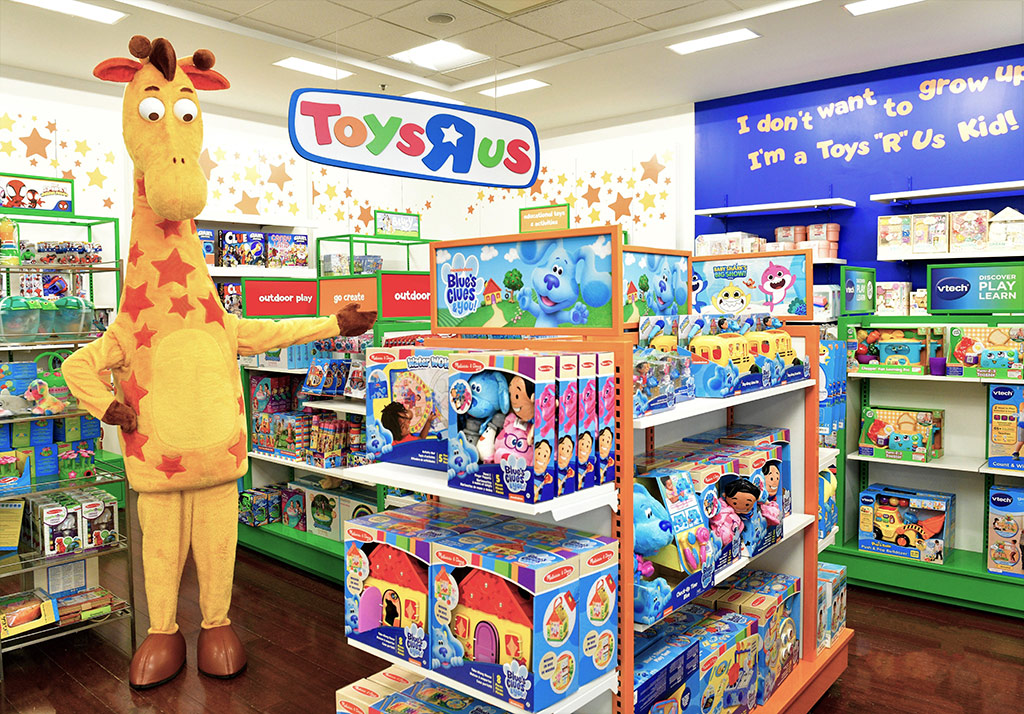
“When we signed on with Toys ‘R’ Us … it was recognizing that we had a very small toy business,” Gennette says. “This is really putting us in the game. We do believe that Toys ‘R’ Us offers us the most experiential omnichannel toy experience in America. So, we have nothing but growth ahead of us with toys over the coming years.”
With Macy’s adding between 1,000-10,000 square feet of toys to each of its approximately 500 stores by Oct. 15 (with room to grow by an additional 500-3,000 square feet via “flex space”), and emerging retailers such as Camp continuing to open new stores, it is likely that the U.S. retail landscape will have the most floorspace devoted to toys since 2017, the last full year that the original Toys “R” Us was still in business.
Now, as the industry turns the corner and heads into the home stretch of the year that is the holiday season, it’s more important than ever before that retailers and toymakers work together to connect with families and strengthen relationships to continue the momentum and growth of the past two years.
“I expect to beat last year’s sales by planning sales [promotions] earlier this season,” Breaux says. “I also ordered Christmas stock much earlier this year to avoid any shipping delays that could occur like last year.”
Being prepared for the season is of paramount importance this fall. Pricing, customer service, and clear promotional messaging are key factors to success, especially in a year where the family dollar doesn’t stretch as far as it once did.
This article was originally published in the September 2022 Fall Toy Preview edition of The Toy Book. Click here to read the full issue!

